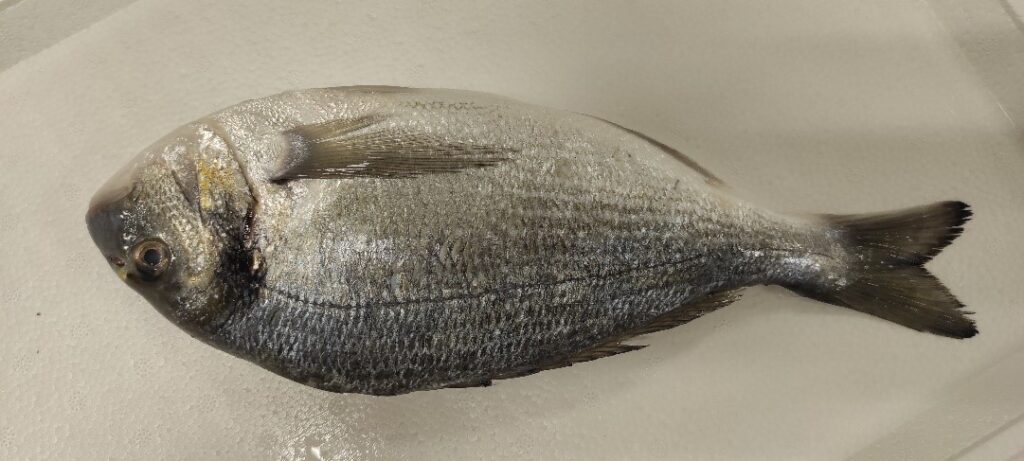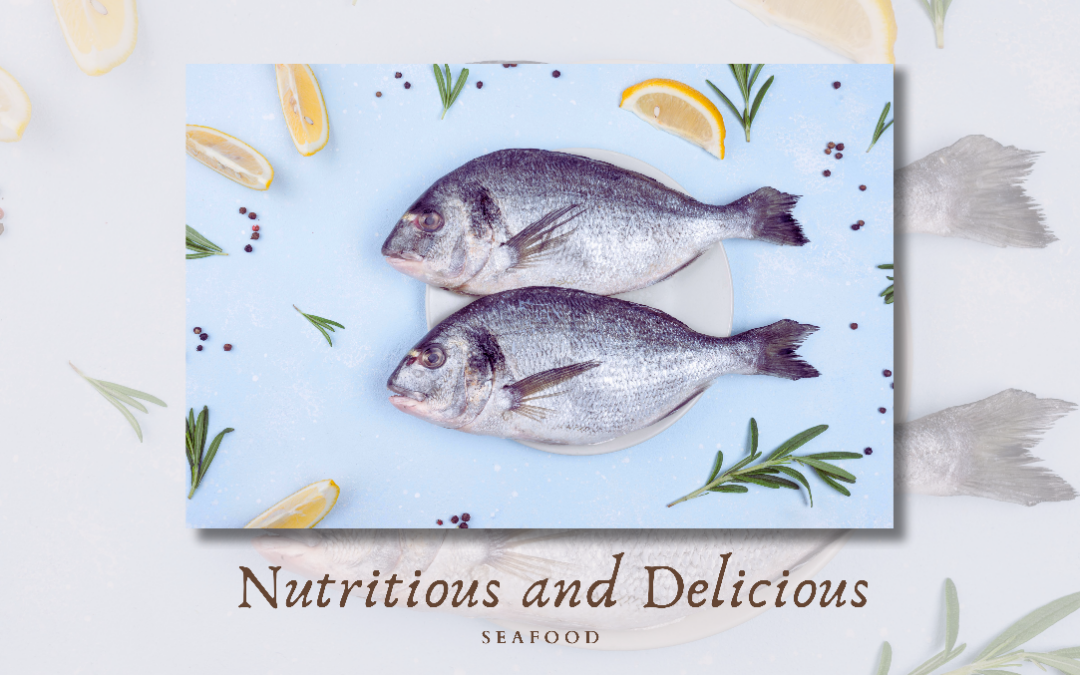Contributor: ANFACO-CECOPESCA
SEA2SEE focuses on the traceability of the entire value chain of certain fishery and aquaculture products like sea bream, meagre, fish and octopus. It uses innovative blockchain models and applications, designed for both for professionals and for society, translating information in a simple and direct way for consumers. The innovations developed during the project will be demonstrated in different places in Portugal, Spain and Greece.
One of the main tasks of ANFACO-CECOPESCA in SEA2SEE focuses on the risk-benefit characterization of the consumption of these fishery and aquaculture products. For this reason, numerous studies are being carried out to evaluate them in relation to food quality and safety as well as freshness. In this sense, analysis of diverse parameters is being performed, both legislated and infrequent or emerging contaminants. For example, phycotoxins are studied in octopus, as well as dioxins, polychlorinated biphenyls (PCBs) and benzalkonium chloride in meagre fish or sea bream. Microbiological, physicochemical, nutritional indicators and sensory attributes are being evaluated as well. In addition, various quality indices of lipids and proteins are being estimated and certain vitamins and minerals are being characterized as health indicators.
Life cycle analysis (LCA) is also being studied, the study of the environmental impact caused by the cultivation or extraction of these products and all the stages through de value chain until final consumer.
Finally, together with other members of the consortium, efforts are being made to improve consumer acceptance of the products and solutions developed.
In particular, four species caught or produced sustainably are studied:
- meagre fish, raised using a water recirculating system (RAS) in an aquaculture plant in Peniche, Portugal,
- sea bream, grown offshore in Greece; octopus, caught by artisanal fishermen in the Algarve, Portugal and
- trout, produced in Spain.
Once the samples are received at ANFACO-CECOPESCA, they are analysed throughout the year, quarterly to detect seasonal differences, if any.
At the end of the project, in 2026, the main benefits versus the possible risks of the aforementioned fishery products will be compiled. Finally, a Layman report will be prepared in order to communicate the results to producers, industry and consumers, among others, in an easy-to-understand language.
Below is a summary of the main results obtained to date. Although they are preliminary, we highlight that they are consistent throughout the sampling carried out during this first year of the project.
The first thing we would like to emphasize is that, in all species, the values of all contaminants mentioned above are either very low or absent and always well below the legislated or recommended limit for those not legislated.
The organoleptic analysis reflects a score highly valued by the panel of experts and amateurs, both in raw and cooked samples, obtaining the maximum values of the scale in many of the parameters evaluated.
Regarding the nutritional value of octopus, meagre and sea bream, they have around 17, 23 and 20 g of protein per 100 g, respectively. In all three cases, the total percentage of essential amino acids (those that our body cannot synthesize) compared to non-essential amino acids is very high for adults, adolescents and close to that recommended for infants (39%). The protein efficiency ratio (PERest) also stands out, in which values even higher than for casein (PER 2.5) are obtained for the three species, showing that the protein is of high quality. The Fisher ratio (FR), which is related to liver metabolism, also shows very high values, close to the value established to exert a positive effect on the prevention of liver diseases.
On the other hand, analyses of vitamins and minerals were carried out to evaluate if nutritional claims could be made according to their nutrient reference values, as stated in European Regulation 1169/2011, on food information provided to the consumer (“rich in” or have a “high content in”). We can highlight that octopus is “rich in” or has a “high content in” magnesium, phosphorus, selenium, and copper as well as vitamin B12 and biotin. Sea bream stands out for its content of vitamin B3, B12, B6, phosphorus, zinc, selenium, potassium and copper. Regarding the meagre, it is worth highlighting the content of vitamin B3, B2, B1, phosphorus, selenium, and potassium. As mentioned above, these data are preliminary and the analysis carried out to date is insufficient to be able to define nutritional claims regarding which way of preparation and consumption of these species should be considered.
Finally, the estimation of certain quality indices of lipids was carried out in order to know their effect on health: atherogenicity index (AI) and thrombogenicity index (IT), ratio of hypo (h) vs hypercholesterolemic fatty acids ( H), omega 6/omega 3 ratio (ω-6/ω-3), polyunsaturated fatty acids/saturated fatty acids (PUFA/SFA), UFA/SFA, sum of eicosapentaenoic acid (EPA) and docosahexaenoic acid (DHA), compared to the total fatty acids and the linoleic (LA)/linolenic acid (ALA) ratio.
Results show that the IA and IT indices have very low values, indicating high protection of these products against cardiovascular diseases and inflammation. The values obtained in h/H that are related to cholesterol metabolism are high, reflecting positive effects on health. Also, high values in the PUFA or UFA/SFA ratio, as well as in LA/ALA, were obtained that indicate consumption of these products helps reduce cholesterol. Finally, the high percentage of DHA and EPA signifies that these species can contribute to reducing hypertension, inflammation and, in general, cardiovascular risk.
Therefore, the study that is being carried out in the SEA2SEE project allows us to show the nutritional qualities and beneficial properties for the consumer’s health of these fishery and aquaculture products. Furthermore, it is worth highlighting the absence of health risks, both, parameters included in the legislation, and others that, although not legislated, could pose specific risks.



